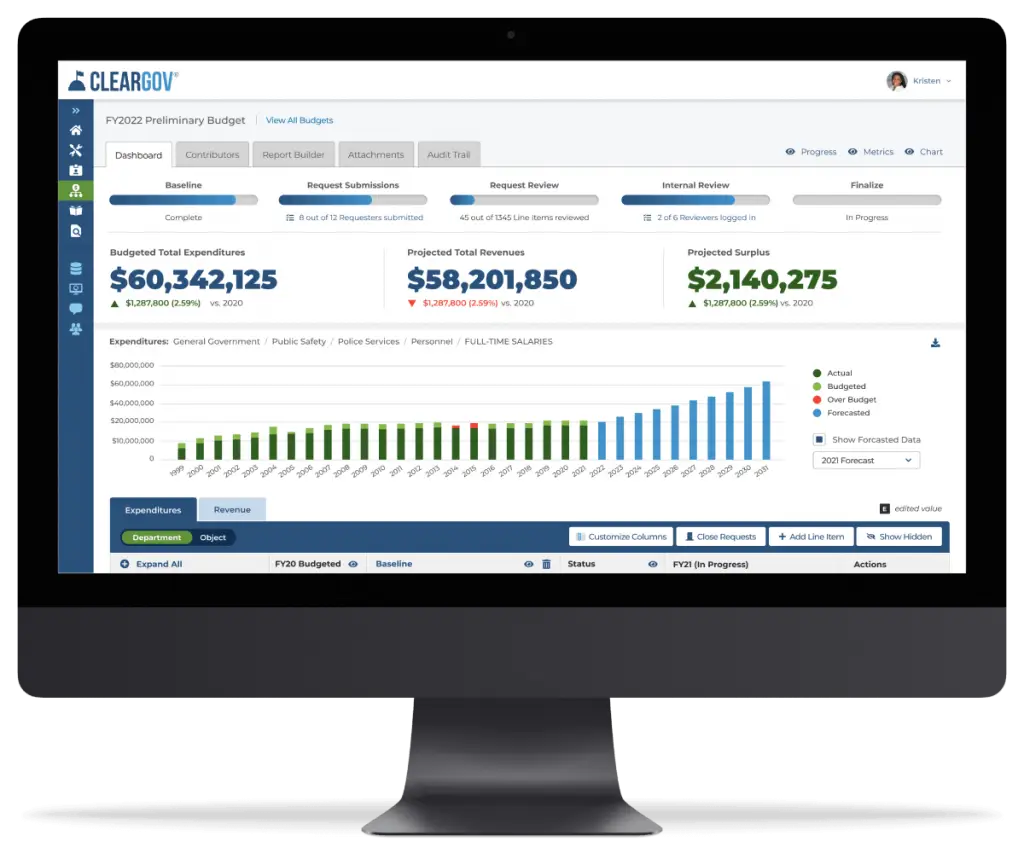Open Data is Just the First Step While the idea of Open Government has been around for centuries, it hasn’t been until the last decade that we’ve witnessed the emergence of true and widespread governmental transparency. The concept that citizens should have the right to access the internal documents, finances and operational workings of government actually dates back to the “Age of Enlightenment” during the late 1600’s and early 1700’s in Western Europe. Open Government transformed from a concept to actual law when United States passed the Freedom of Information Act in 1966 to help drive transparency and government accountability. But it wasn’t until the advent of the Internet that true Open Government could become a reality. In December of 2009, President Obama established the Open Government Initiative. The three principles of transparency, participation, and collaboration would serve as cornerstones. The directive outlined goals to actively leverage the internet to publish government information online, improve the quality of this information, and create policy framework and a culture that enables Open Government. This leadership by the White House did not go unnoticed and has been a driving force behind increasingly open State and Local governments. Open Government is now a practice that is being followed by thousands of governments and has even spawned a whole new industry in support of this effort. Yet this evolution in government has brought to light new issues and challenges. We now find ourselves awash in seas of data that is accessible, but seemingly overwhelming and difficult to understand. It has become common practice for governments to post spreadsheet databases to their official site with the thinking that either the average investigative citizen will dig into the data or that an aspiring entrepreneur will come along and turn the data into insight. These difficult to decipher spreadsheets and reports frustrate citizens and unfortunately feed mistrust. Simply put, people don’t trust what they don’t understand. Posting data that only government insiders can decipher is really not moving the transparency needle as intended. While this may appease the concept of Open Government on the surface, it does not meet the true spirit of participation and collaboration. While it is true that creative companies, such as ClearGov, do leverage this data to power insightful visual graphics and tools, it is difficult to believe that government should rely solely on third party companies to communicate and share this data with its constituency. Making data more open and accessible is a great first step, but it is just a first step in a journey that we as a people are just beginning to take. To truly realize the power of open data governments must collaborate with enterprises in breathing life into data through dynamic visualizations that help the average citizen digest and make sense of the data. This visual translation of data represents the next step in Open Government and has the potential to realize the initial vision of its authors. Making the data easy to understand and digest is a big leap forward towards driving trust and understanding. And when people trust and understand they begin to get engaged. If participation and collaboration are true end goals then data needs to be brought to life. |
